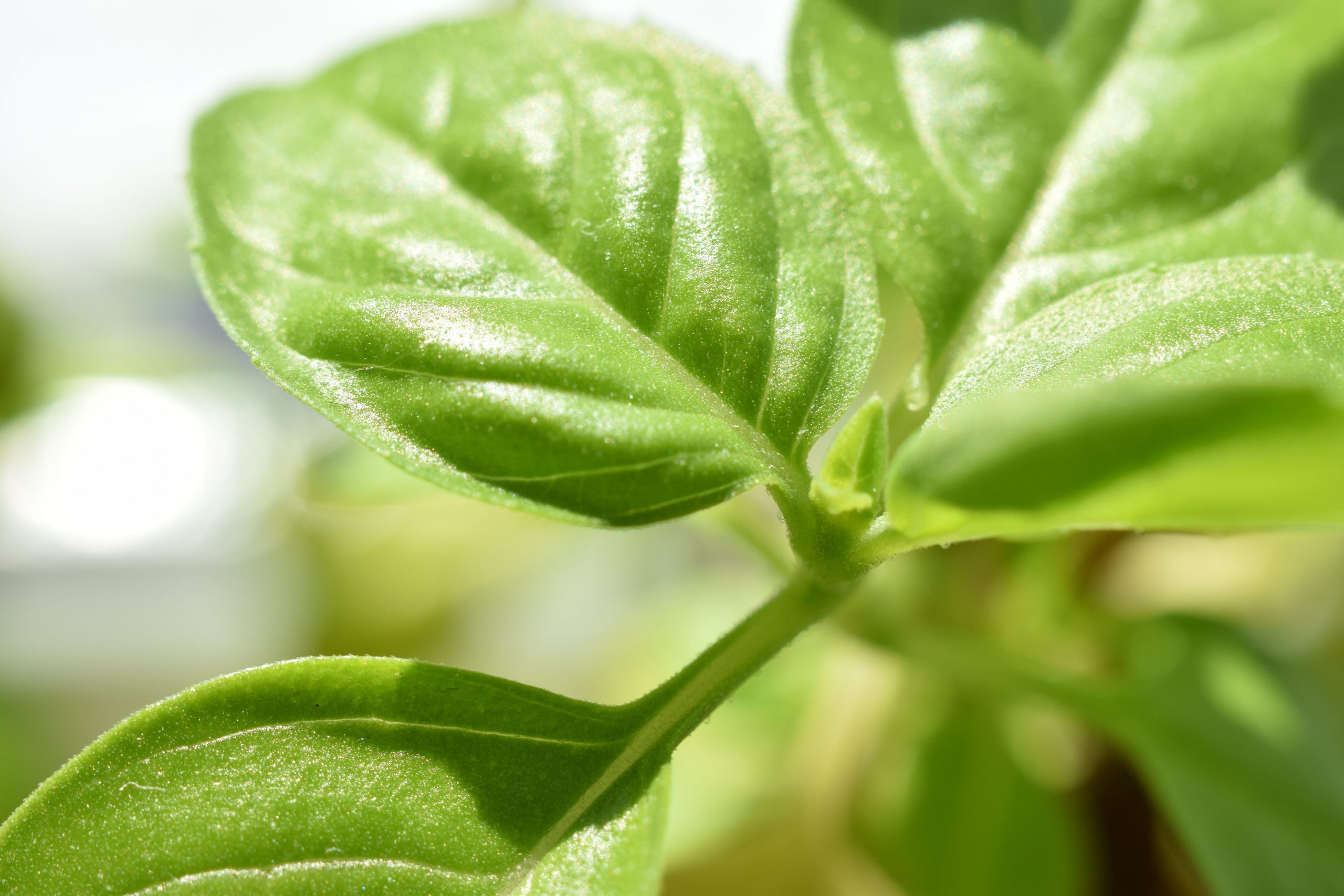
Today there are many plants that are used for cooking. In fact, there are very few recipes that do not include them, and for good reason: in addition to being very good and / or providing a delicious aroma, they are very healthy. That is why it is interesting to have some very close, inside the home or on the outside window ledge. But wich ones?
You have to choose well the aromatic plants to have in the kitchen or around, because although they are generally very adaptable, it is important to make sure that all your needs will be covered before placing them in their final location.
Selection of aromatic plants most recommended in the kitchen
If you are looking for aromatic plants that you can use for cooking, take a look at our selection. All of them, although they are different, have common characteristics, such as their small size or their maintenance, which is relatively simple:
Basil

La basil, whose scientific name is Ocimum basilicum, is an herb native to tropical Africa and Southeast Asia that reaches a height of about 30-35 centimeters. It has an annual life cycle, which means that in a year (actually, a little less), it germinates, grows, flowers and gives seeds and then dies.
It has been used for millennia in the kitchen. Leaves eaten fresh or dried in salads, vegetable soups, or in sauces.
Cilantro
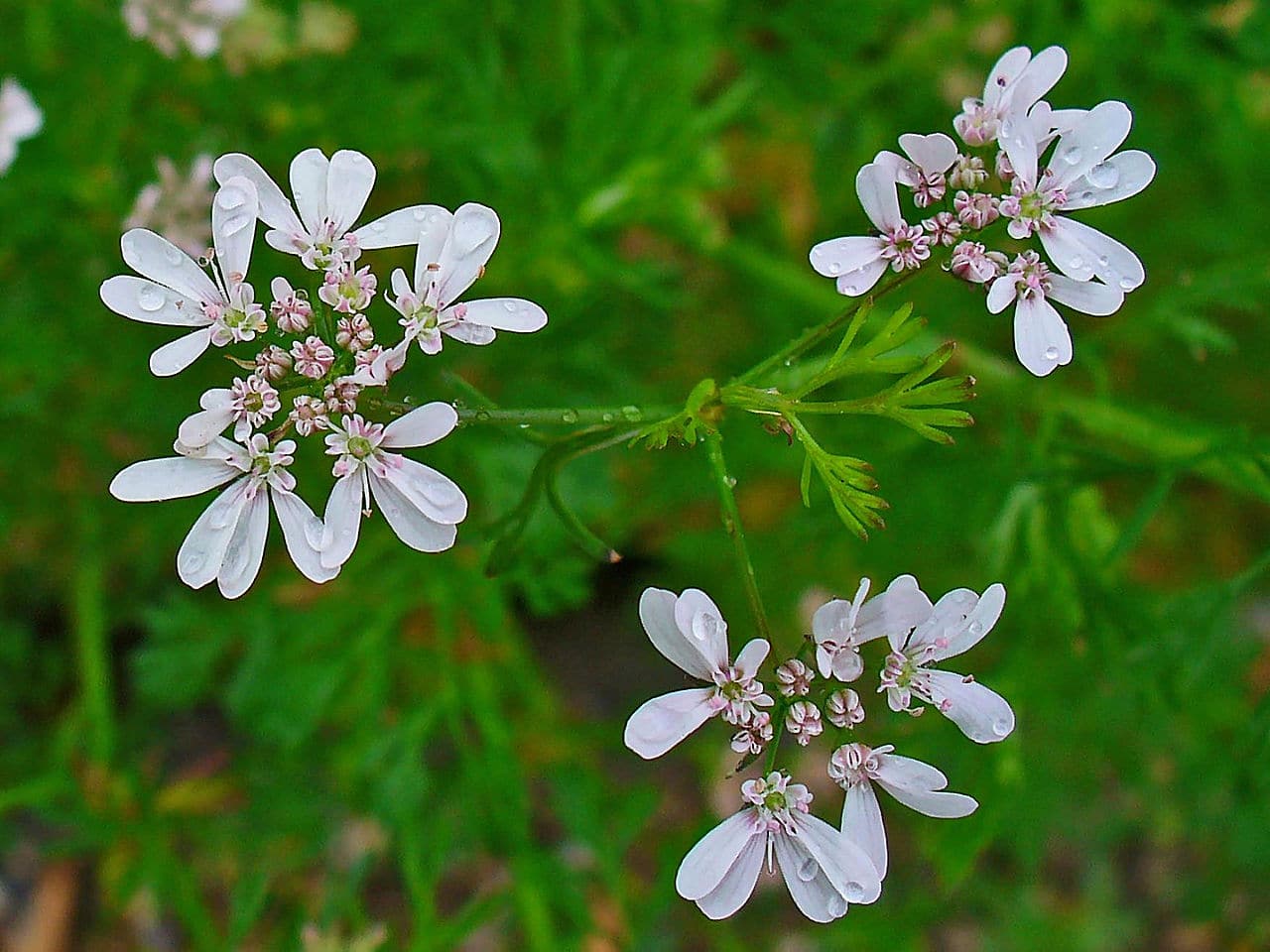
Image - Wikimedia / H. Zell
El cilantro, whose scientific name is Coriandrum sativum, is an annual herb native to North Africa and southern Europe that reaches a height of 40 to 60 centimeters. It is widely used in the cuisines of the world, especially the Mediterranean, Asia and Latin America.
Its leaves are used, either chopped added as a garnish, or fresh for sauces, soups, meats or stews.
Dill
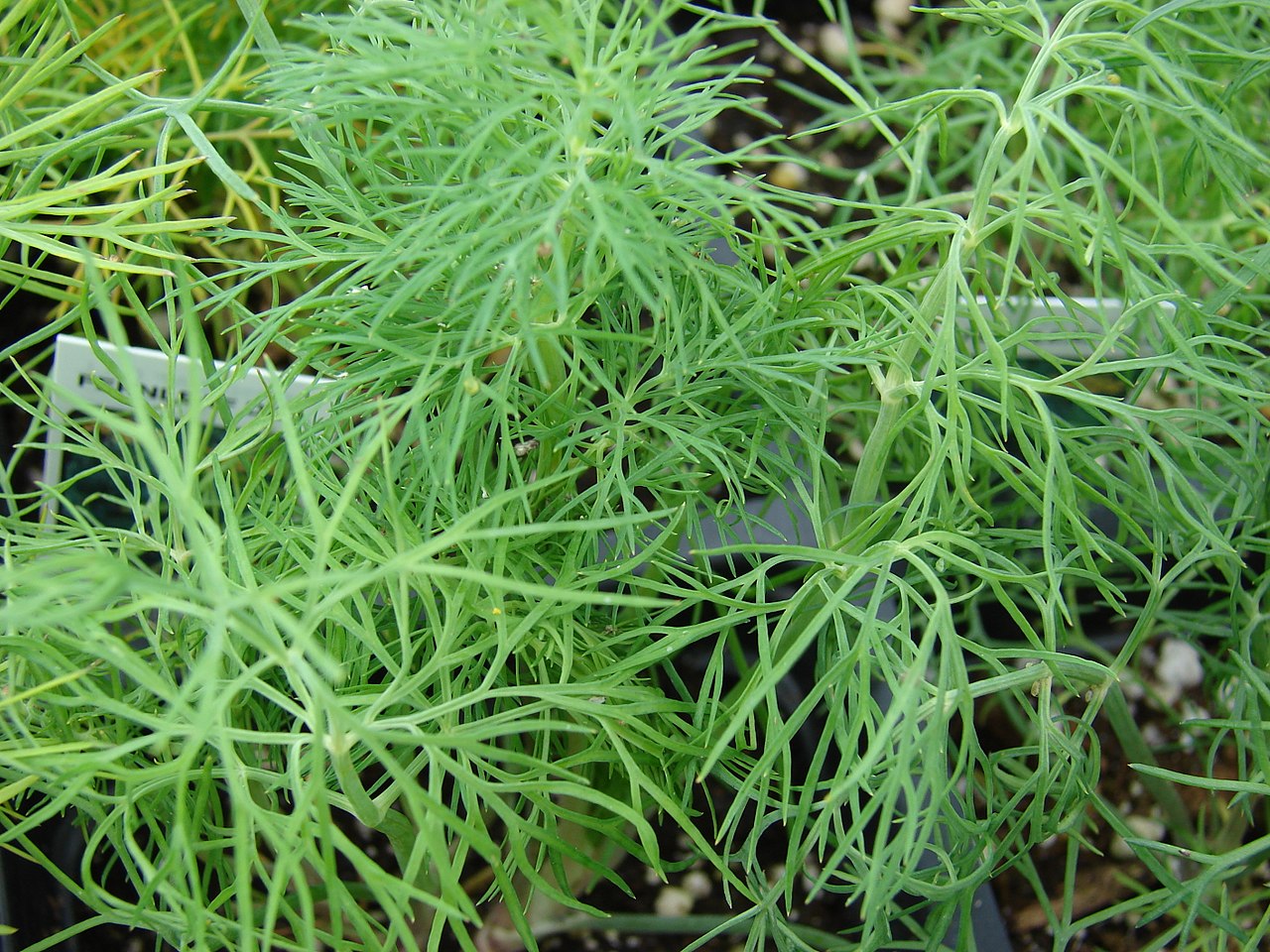
Image - Wikimedia / Forest & Kim Starr
El dill, or abeson as it is also called, whose scientific name is Anethum graveolens, is an annual herb native to the eastern part of the Mediterranean. It reaches a height of 30 to 45 centimeters, although it can sometimes reach one meter.
Its leaves they are consumed fresh in salads, fish and also in sauces. But in addition, the seeds can be used as an ornament to desserts.
Peppermint
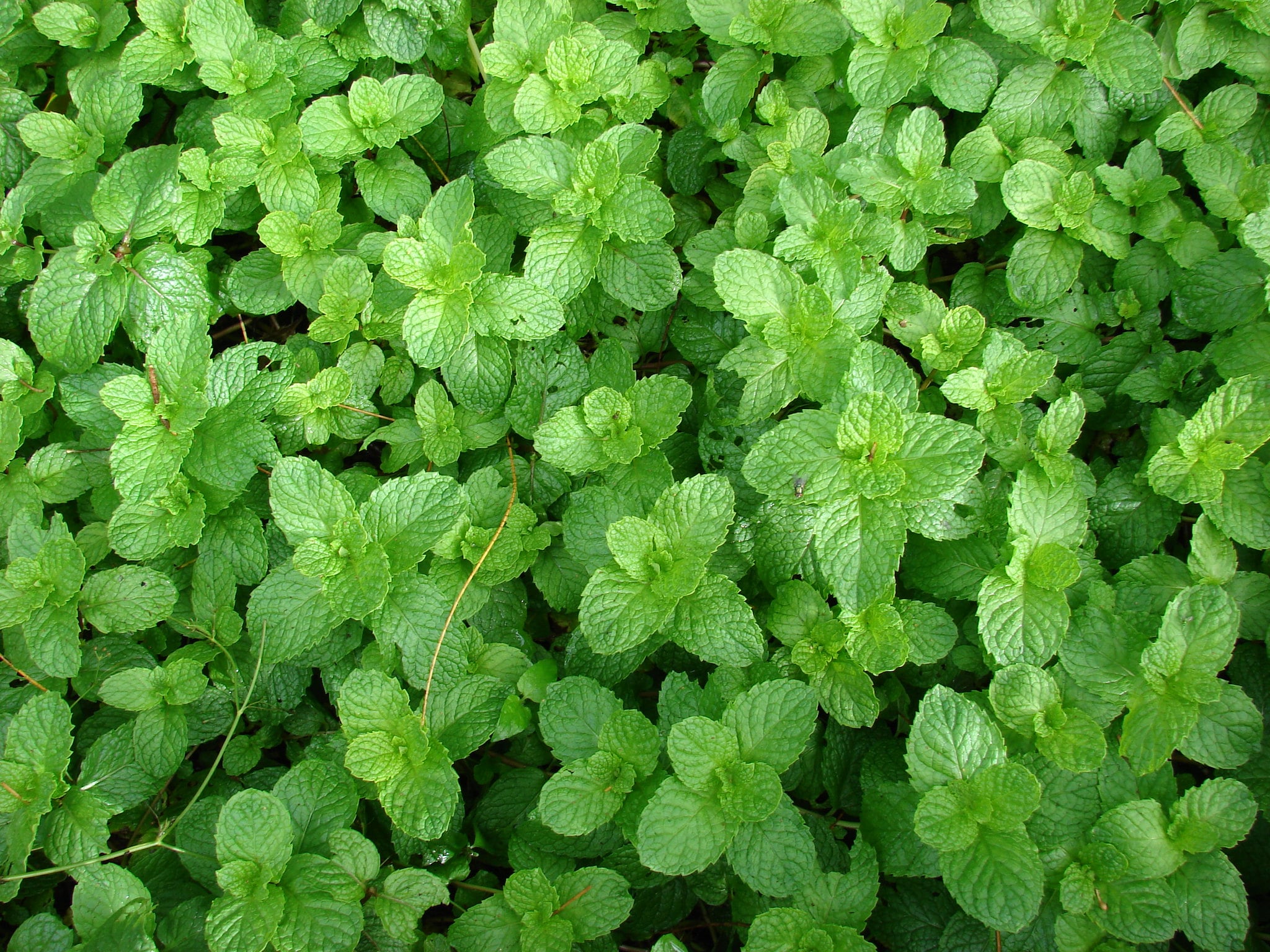
Image - Flickr / Forest and Kim Starr
La mint, whose scientific name is mentha spicata, is a perennial herb native to the Mediterranean region. It grows to a maximum height of 30-35 centimeters, and is widely used in gastronomy both in its area of origin and in the rest of the world.
Its leaves are often used to dress soup, meat or salad dishes, as well as to flavor others such as the traditional Andalusian stew.
Parsley

El parsley It is a biennial cycle herb, that is, it lives two years, native to the Mediterranean region whose scientific name is Petroselinum crispum. It reaches a height of 30 centimeters, with flower stems that reach 60 centimeters high. Thanks to its rapid growth rate, it can be grown without problems as a seasonal plant.
Its leaves are used to prepare many, many recipes. It's almost like pepper, which looks good in any meal 🙂. It is common for sauces to be prepared, or used to decorate.
Rosemary
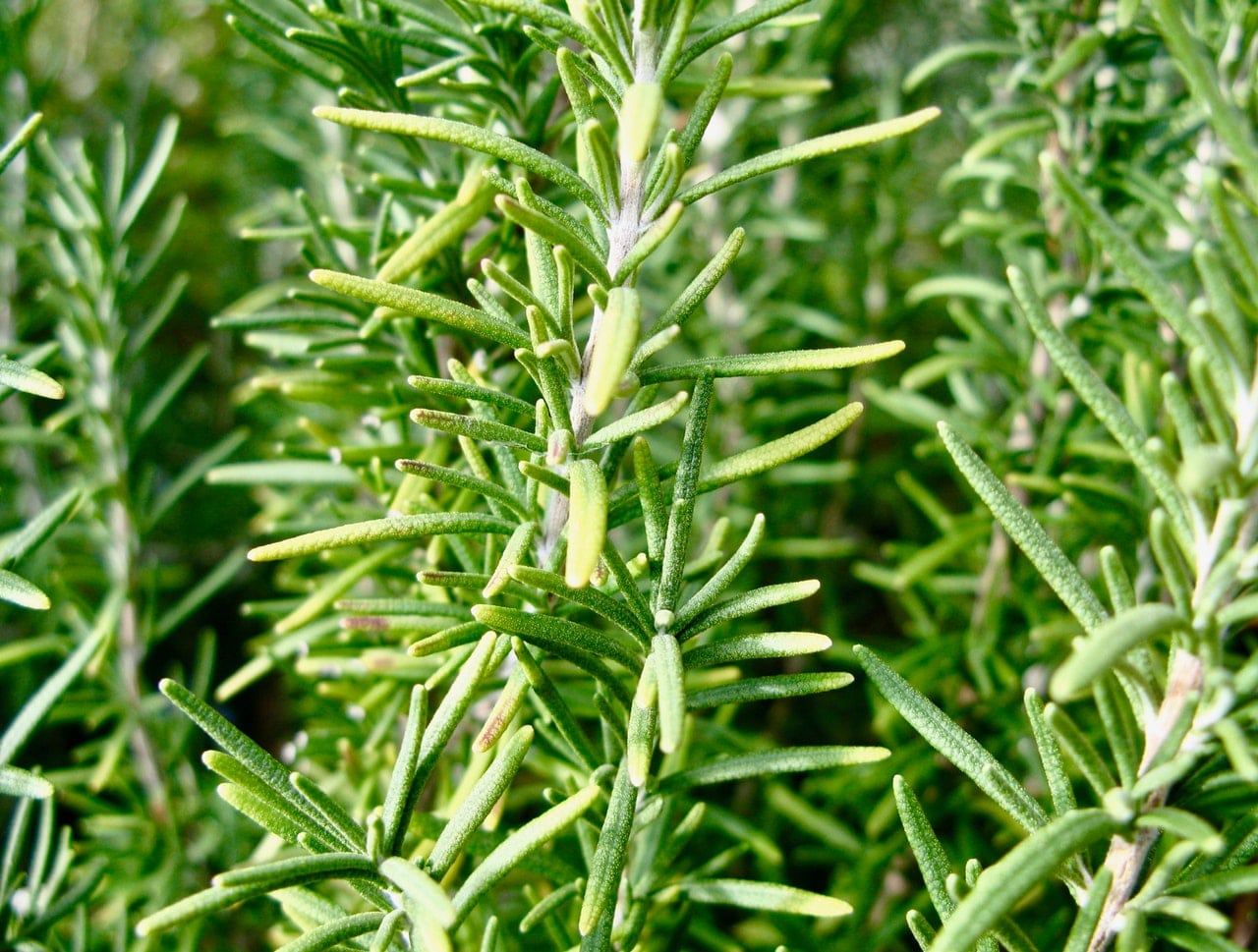
El romero, whose current scientific name is sage rosmarinus (before it was Rosmarinus officinalis), is an evergreen shrub native to the Mediterranean. It grows to a height of up to 2 meters, but can be pruned to make it smaller.
The leaves of this plant they are used in meat and fish, both baked and in stews or sauces.
Oregano

El oregano it is a perennial plant native to western Eurasia and the Mediterranean region. It grows to a height of 45 centimeters, forming a very decorative shrub despite the fact that it tends to lose the lower leaves of the stems.
If we talk about its uses in the kitchen, if you like Italian food, you will surely know them well. Indeed, oregano is widely used in pizzas, lasagna, stewed potatoes, ... and in other recipes in Italy.
How to care for aromatic plants in the kitchen?
Now that we have seen which are some of the most advisable and their characteristics, it is time to talk about how to take care of them:
Location
The main problem that aromatic plants grown indoors face is the lack of light. For this reason, they must be placed in very bright rooms, in which there are windows facing east (which is where the sun rises).
Likewise, it is important that they stay away from air currents, such as those that we can cause ourselves when passing near them, or those coming from the air conditioning.
Pot and substrate
The pot to choose it must have holes in its base. This is important otherwise the roots will rot. Of course, the material with which it is made is indifferent: the plastic pots They are very economical and light, and when kept indoors their useful life is very long; those made of clay can be more decorative, but they are also more expensive and weigh more.
As for the substrate, you must put a layer of about 3-5 centimeters of expanded clay, and then finish filling with universal substrate.
Irrigation
Irrigation must be moderate. Indoor soil takes longer to lose its moisture, so it is necessary to check this humidity before watering, either by inserting a thin wooden stick or by digging around with your fingers a bit.
Use rainwater or lime-free water whenever you can, and if you have a plate underneath it, remove any excess water twenty minutes after watering.
Subscriber
In spring and summer must be paid with Organic fertilizers to stimulate the growth and production of new leaves. For example, guano (liquid) is rich in nutrients and easy to find, but there are also others such as crushed egg shells, worm castings, etc.
Transplant
As the plants grow, they need more space. Aromatics grow fast in general, so pots should be changed every 1-2 years, in spring.
Plagues and diseases
If it is well cared for, it will be difficult for you to get sick, but when the environment is very dry and warm you have to monitor the mealybugs, White fly and Red spider especially. Fortunately, they are treated well with a brush soaked in pharmacy rubbing alcohol or diatomaceous earth.
On the contrary, if the environment is very humid and / or is watered excessively, the mushrooms such as phytophthora they will damage the roots. The treatment consists of reducing the risks, improving the drainage of the substrates and treating with fungicide.
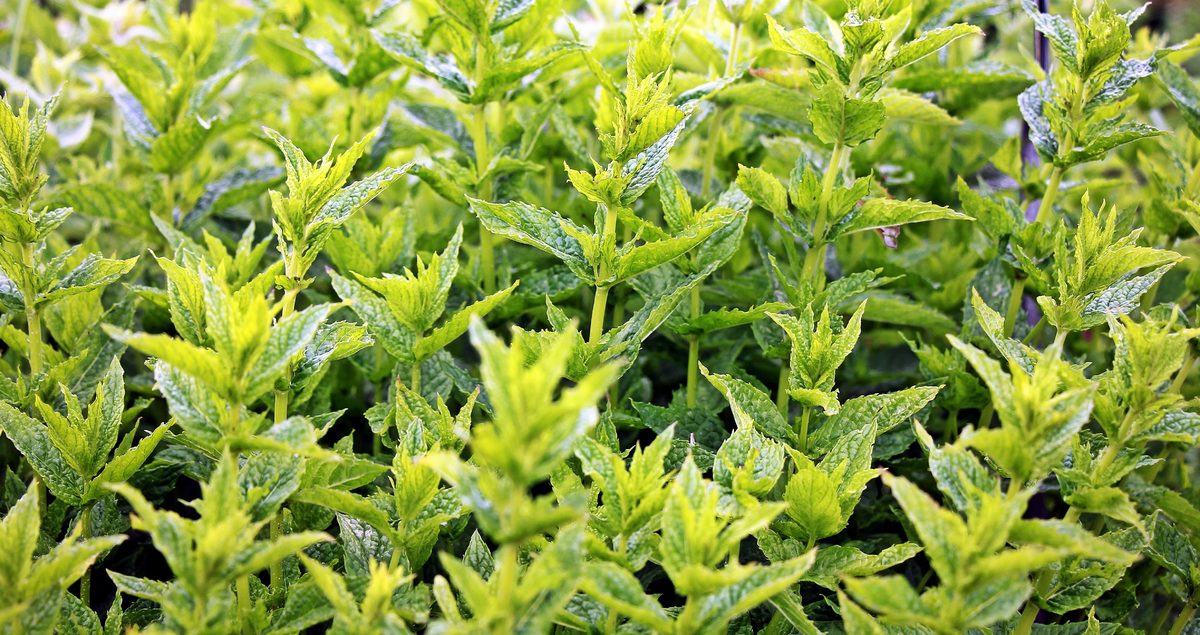
We hope it has been useful to you 🙂.
Excellent information: thank you. I live in a very hot place (sometimes we reach 40º Celsius) and it is difficult to cultivate many species of plants.
Hi Irma.
We are glad to know that you found it interesting.
With those temperatures, you can put them in semi-shade so that they grow better 🙂
Greetings.